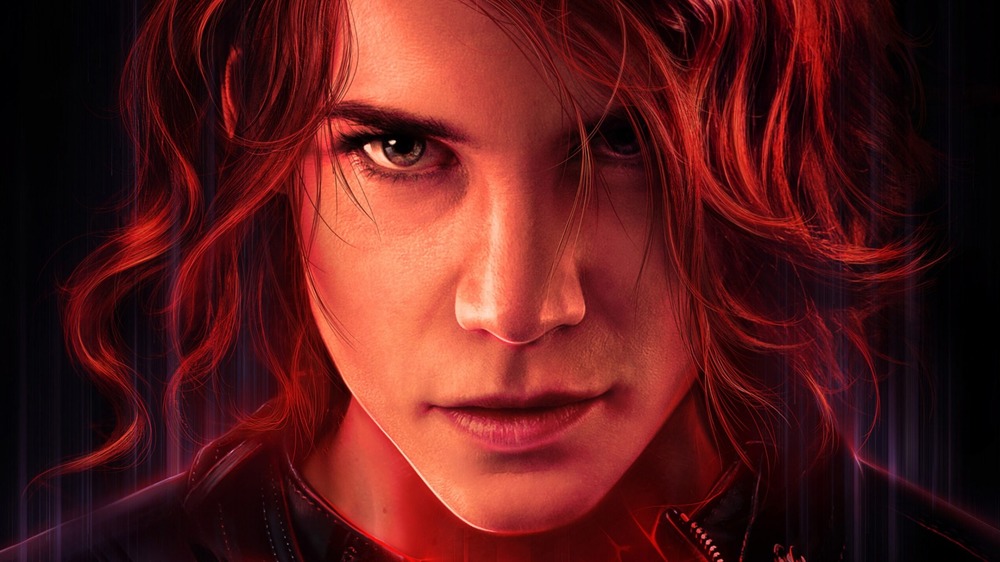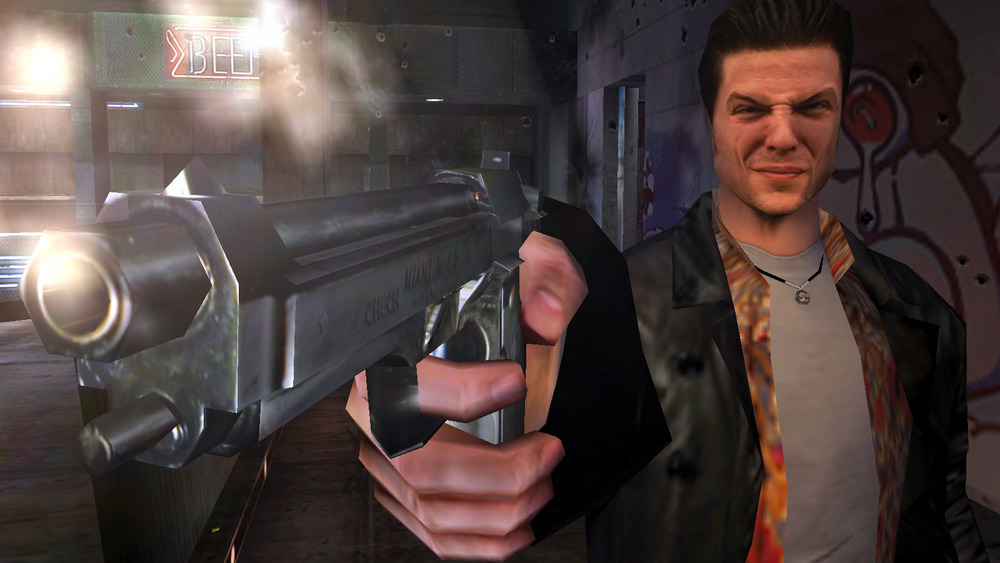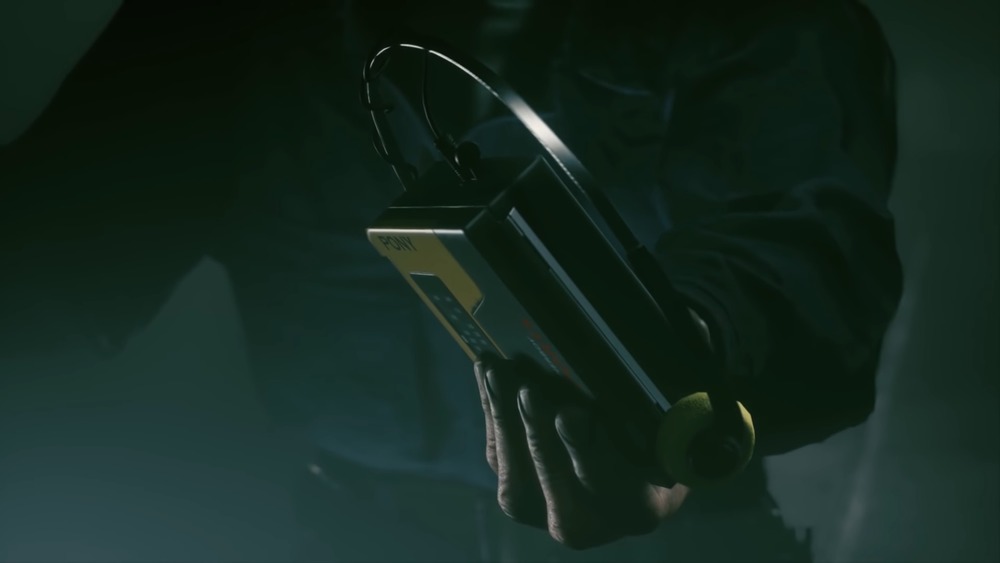The Untold Truth Of The Remedy Connected Universe
A game studio cannot prosper on one franchise alone. To be successful, a company needs to branch out. Usually, disparate titles take place in completely different universes, continuities, and even genres. Remedy Entertainment, high on a love of David Lynchian storytelling and Finnish heavy metal, decided to ignore common conventions and forge its own path. The result is as notable as it is confusing.
Remedy is primarily known for four franchises: Max Payne, Alan Wake, Quantum Break, and Control. The studio produced every entry in each series, including all three Max Payne games and two Alan Wake titles — three if you count an unreleased Alan Wake 2 prototype. Remedy is also known for littering its games with Easter eggs and references, especially ones that link back to previous titles. At first, this seemed like the studio's signature brand of humor, but once Control openly stated it takes place in the same world as Alan Wake, gamers started to connect the dots and realized they weren't witnessing cheeky references but instead the seeds of an expanded Remedy connected universe.
However, the Remedy-verse isn't straightforward. Remedy's games run on concepts like time paradoxes and alternate realities, so some connections require a handy explanatory guide. If you're looking for that, you've come to the right article.
Less of a Remedy-verse and more of a Remedy multiverse
Many Remedy references seem to contradict each other. For example, Quantum Break includes the entire library of Alan Wake's in-universe Alex Casey novels as collectibles, which implies Alan Wake and Quantum Break take place in the same universe. But, one level in Quantum Break features an Easter egg of a woman playing Alan Wake the video game on her computer. How can Alan Wake be both a real person and a fictional one in Quantum Break? To answer that, we need to talk about parallel universes.
Partway through Control (warning, spoilers), Jesse Fayden finds her brother Dylan, who rewards her by regaling her with his dreams. One example is the "Mr. Door" dream, a dream about a man named, well, Mr. Door who lives in multiple timelines simultaneously. The name shouldn't sound familiar, but the backstory is one-to-one for Quantum Break's Martin Hatch. And yes, "hatch" is a synonym for "door." Coincidence?
The implication here is that Remedy's properties don't exist all in one shared universe but throughout numerous interconnected ones. "In one world, there's a writer who wrote a story about a cop. In another world, the cop was real," states Dylan. In other words, there's a world where Alex Casey is real. And in another world, Alex Casey goes by the name Max Payne. Probably.
It's not an Old God, it's a Poet
Gamers who have played Alan Wake and/or Control tend to agree that the climactic battles set to the songs "Children of the Elder God" and "Take Control" are pure awesome. Who can say no to blasting eldritch abominations twisted by an extra-dimensional consciousness while heavy metal blares? Plus, the songs both belong to the in-universe band Old Gods of Asgard, thus solidifying the Alan Wake/Control connection. However, the Old Gods of Asgard isn't just a band in the video games, and their songs aren't restricted to the two canonically connected titles.
Old Gods of Asgard is, in truth, the Finnish rock band Poets of the Fall, and their songs have crept their way into Remedy franchises one way or another. While the Poets' music didn't appear in Max Payne 1 or 3, the song "Late Goodbye" was used for Max Payne 2's ending credits. And, even though a Poets song never actually surfaced in Quantum Break, Creative Director Sam Lake came clean and stated that "The Labyrinth" was meant to be in the game but was left out for unspecified reasons.
If that out-of-universe connection wasn't confusing enough, Poets of the Fall also exists within the Alan Wake universe. Does that mean the real world is also part of the Remedy multiverse? Only Sam Lake knows for sure.



